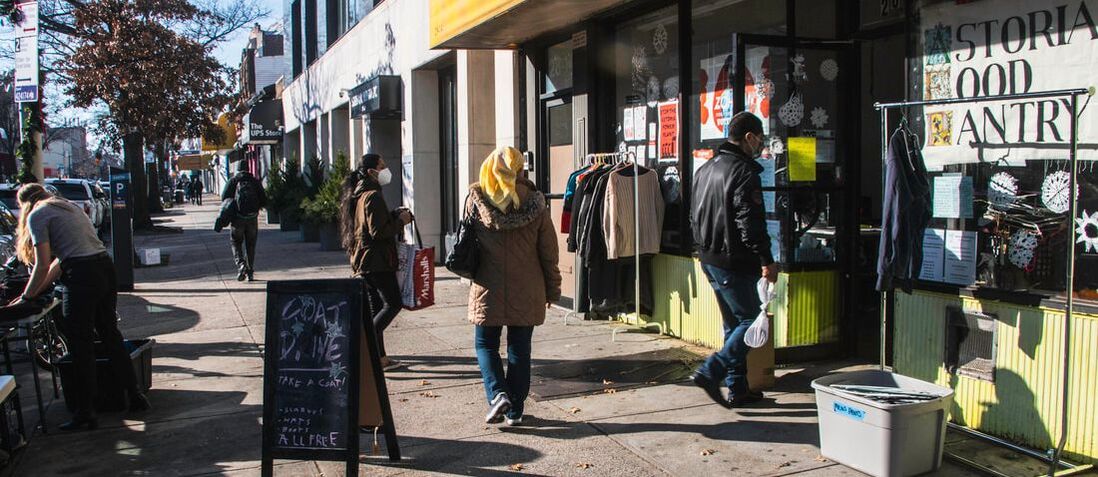Families from across the globe enjoy a wide range of customs as the holiday season draws near, with Christmas being the most celebrated, and countries from every continent having their own traditions and festivals. However, the Lunar New Year and Kwanza are also celebrated in the winter season. The variety and universality of seasonal celebrations are demonstrated by the tapestry of winter customs observed over the continents. Every tradition can be offered as a glimpse into the distinctive customs, backgrounds, and principles of its own culture.
In the US, Christmas traditions can include culinary activities such as baking Christmas cookies and building gingerbread houses. Traditionally, sugar cookie dough is formed into Christmas motifs like wreaths, stars, and trees using cookie cutters. To truly bring out the Christmas season, people decorate the cookies with a flurry of red and green icing and sprinkles after they are baked. Although gingerbread isn’t usually consumed outside of the Christmas season, building a house and decorating it with frosting, sprinkles, and gumdrops is a custom that produces a beautiful and delicious product! There are also many decorative traditions in the U.S. like decorating the tree and houses. Making the ideal tree is a traditional Christmas pastime. Christmas trees are among the most classic representations of the holiday season, complete with lights, tinsel, baubles, and ornaments. Many homes in the United States are turned into a winter wonderland over the holidays. The holiday displays are amazing, full of Santa figurines, nativity scenes, sparkling lights, and much more (Ames).
In Brazil, many Christmas customs are derived from Portuguese culture, due to Portugal’s control of Brazil for a long time. Presépio, or nativity scenes, are incredibly popular and can be seen in homes and churches throughout December. Some nativity scenes portray stories that include ‘Os Pastores’ (The Shepherds), a Christmas play/ The play’s Brazilian adaptations also have a shepherdess and a woman who attempts to kidnap the infant Jesus! Most individuals, particularly Catholics, will attend a Missa do Galo (Mass of the Rooster) or Midnight Mass service. Usually, the mass ends at around one in the morning. People may return to church on Christmas Day, however the services are typically held in the afternoon. Large firework displays and electric light displays in the style of Christmas trees are common after the Missa do Gallo in large towns and cities. Santa Claus is referred to as Papai Noel & Bom Velhinho (Good Old Man) in Brazil. (What Is Christmas).
In Jamaica, Kwanzaa is celebrated as a cultural event rather than a religious holiday, reflecting the island’s African heritage and the shared values of community and family. While not as widely observed as Christmas, Kwanzaa resonates with those who wish to honor their African roots. Traditions often include gatherings where families and friends come together to light the seven candles of the kinara, each representing one of the Nguzo Saba, or Seven Principles, such as unity (umoja) and self-determination (kujichagulia). Celebrations typically feature drumming, storytelling, dance, and the preparation of traditional African and Caribbean dishes. In Jamaica, Kwanzaa serves as an opportunity to reconnect with African ancestry, emphasize cultural pride, and pass on these values to future generations (Jamaica Gleaner).
Although much later than the Christmas season, in China and Chinese communities worldwide, Chinese New Year is celebrated. It is a 15-day celebration that starts with the new moon, which falls between January 21 and February 20 on Western calendars. The celebrations continue until the next full moon. Because the celebration dates coincide with the moon’s phases, the occasion is frequently referred to as the Lunar New Year (Britannica). A common tradition during Chinese New Year is red envelopes, which contain money. One to several thousand Chinese Yuan can be the sum of the money. During the New Year Festival, adults, married couples, and the elderly typically gift red envelopes to children. The money and red envelopes are thought to protect the children from evil, keep them healthy, and extend their lives. People will thoroughly clean their homes and household items a few days prior to Chinese New Year. This represents letting go of the past and embracing the future. In the past, when bathing was uncommon, individuals would take a bath to start the new year. People would adorn their homes after cleaning them thoroughly, ushering the new year in. The majority of New Year’s decorations are red because, according to Chinese belief, the color red wards off evil and brings luck and wealth. Inverted fu, dui lian, lanterns, year paint, papercutting, door gods, and other decorations are the most common New Year’s decorations (Wake Forest University).
Celebrating different holidays around the world during the winter season is a beautiful expression of humanity’s diverse cultures and shared values. From the glittering lights of Christmas to the vibrant festivities of Kwanzaa and Lunar New Year, each tradition brings its unique warmth and meaning to the colder months. These celebrations remind us of the universal themes of love, hope, family, and renewal, fostering connections across cultures and generations. Embracing these holidays not only enriches our understanding of the world but also highlights the importance of unity and mutual respect, showcasing how diversity can bring us closer together in shared joy and gratitude.
References:
https://www.ef.com/wwen/blog/efacademyblog/top-10-holiday-traditions-in-the-us/
https://www.whychristmas.com/cultures/brazil
https://www.pimsleur.com/blog/brazilian-new-years-eve/
https://jamaica-gleaner.com/article/news/20221227/kwanzaa-thriving-america-hard-sell-jamaica
https://lammuseum.wfu.edu/education/teachers/chinese-new-year/chinese-new-year-traditions/
https://www.britannica.com/topic/Chinese-New-Year































